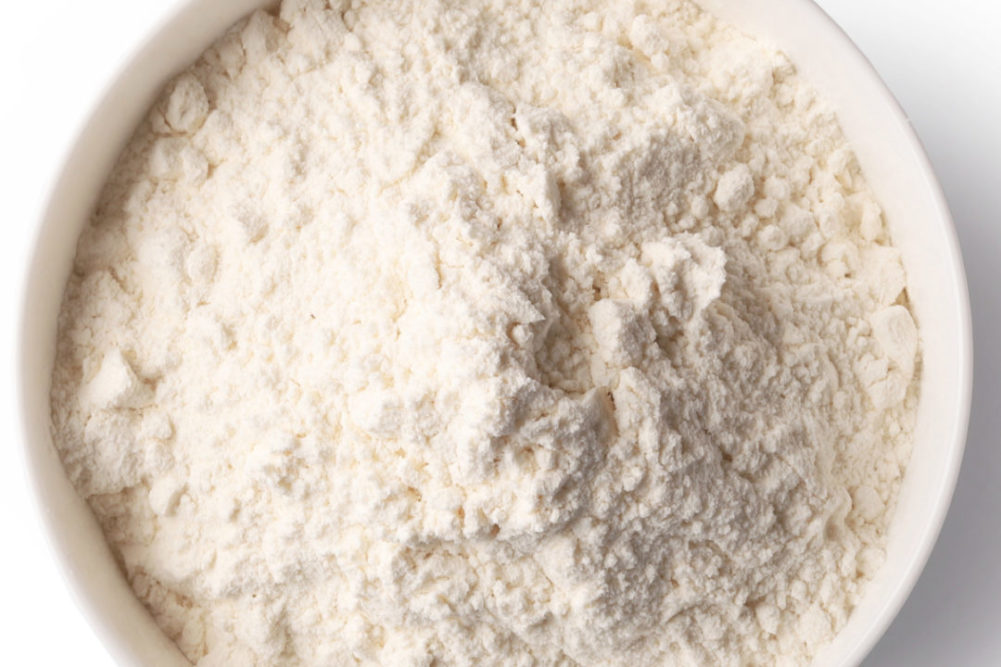Finding ways for bakers, millers and wheat growers to work cooperatively toward enhanced wheat quality has been a wheat industry aspiration since early in the 20th century. A recently announced initiative between Grain Craft, ADM Milling Co. and a major baking company marks a new high-water mark in these efforts.
Under the program, the millers agreed to supply flour milled from mutually agreed upon hard red winter wheat varieties in an effort, which proved successful, to obviate the need for the baker to purchase a flour blend that includes more expensive spring wheat. The baker agreed to pay a premium to help the millers attract grower interest, conceding that bakers’ longstanding assertion, “We shouldn’t have to pay extra for quality,” was not working.
On the surface, the idea seems simple to execute. Offer growers a price premium to grow quality wheat, mill the wheat, deliver the flour. While the plan the companies devised may be characterized as elegantly simple, execution is anything but.
Taking a step back, the big picture issue is the need for bakers to have access to flour that will consistently produce a high-quality product — ranging from crackers and cakes, to bread and bagels. In recent years, the importance of the issue has been growing for numerous reasons, including the unforgiving environment of modern, high-speed baking operations; the technical demands of product formulations far more complicated than, say, pan white bread; and the pressure bakers feel to avoid the chemical additives traditionally used to compensate for sub-par quality wheat.
For the most part, wheat quality has been rising over the last several decades. Communications facilitated by the Wheat Quality Council have helped ensure breeders look beyond growers’ demand for high-yielding varieties but also ensure adequate milling and baking properties. Fifty years ago, sub-par wheat varieties were commonplace. Most flour sold to commercial bread bakers contained a mix of no more than 70% hard winter wheat, supplemented with more expensive spring wheat. By the late 1990s, the baking performance of hard red winter wheat varieties had improved to the point bakers in hard red winter growing areas routinely were able to bake a satisfactory loaf of bread from 100% hard red winter.
This upward progress was interrupted about 10 years ago by the introduction of the variety Everest. Coveted by growers for its excellent yield potential and strong disease resistance, its milling and baking qualities, by contrast, were marginal at best. As it became the most popular variety grown in Kansas for several consecutive years, Everest created challenges for millers and bakers, especially during low protein years. More recently, wheat quality overall has been a mixed bag across the Southwest. Complicating efforts of millers and bakers to ensure satisfactory quality wheat have been rail freight rates that favor transporting wheat in large unit trains, making it more difficult for millers to select what wheat they purchase. As a result, hard winter mills end up with “average quality” of the crop. Bakers again have needed to add spring wheat, at a premium of 80¢ a bu or more.
Against this backdrop, Grain Craft and ADM agreed to supply the major baking company with flour milled only from a blend of varieties with top baking qualities. Execution challenges include identifying the varieties and testing whether blends of the varieties produce desired flour quality; educating growers about the importance of end-use qualities, recruiting participation and ensuring compliance; securing and monitoring grain storage; and dealing with the vagaries of wheat growing such as the unusually low protein content of this year’s southern Kansas wheat crop. To execute the program successfully required a significant commitment across the wheat foods chain from top to bottom.
After a pilot in 2019, the program was expanded in 2020. That it has been executed at a large enough scale to meet the needs of a major baking company represents an impressive achievement for the millers and the baker. Wheat quality has myriad facets. The program’s success should open the eyes of players up and down the wheat foods chain to the amazing possibilities for what could be cooperatively achieved in coming years.




